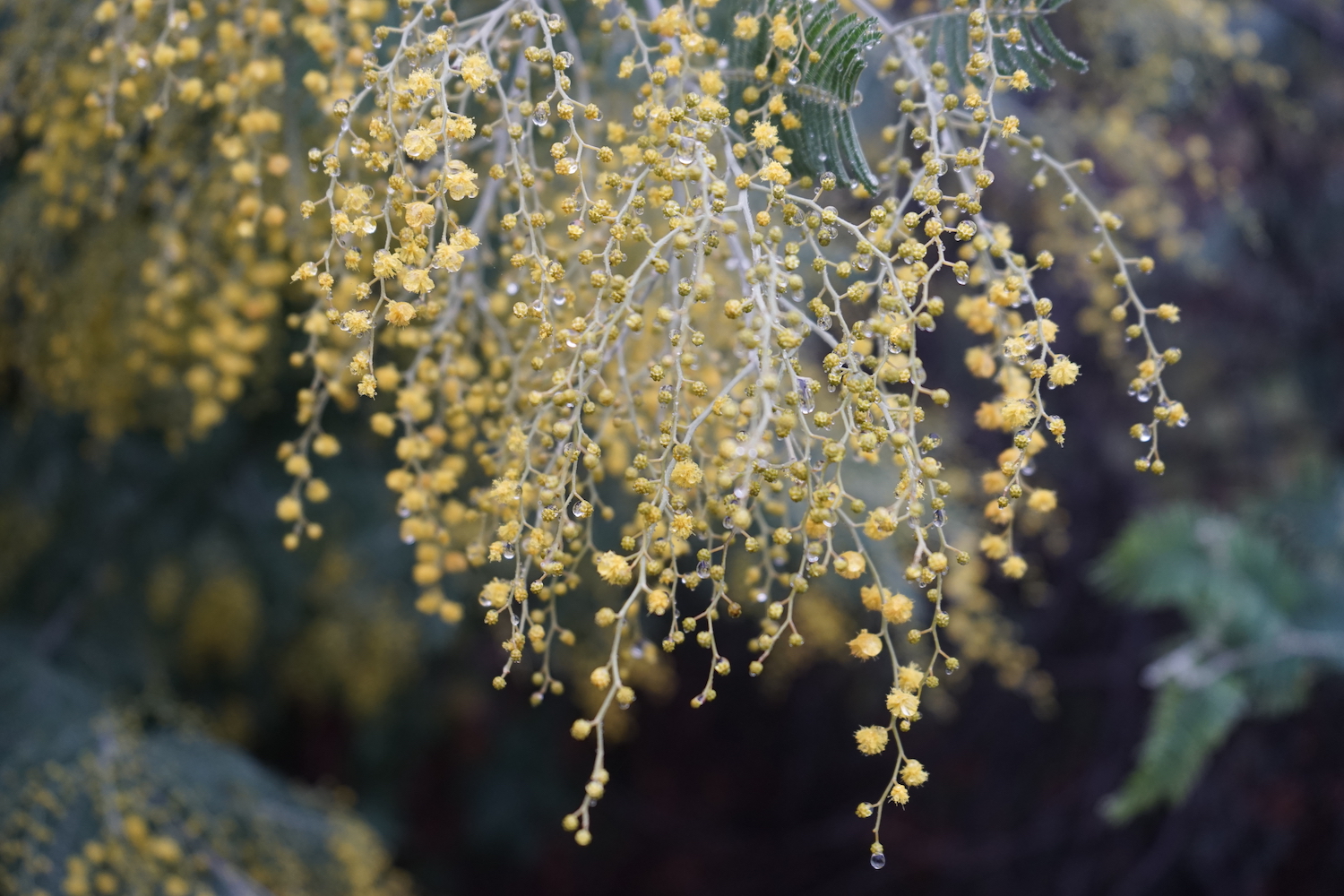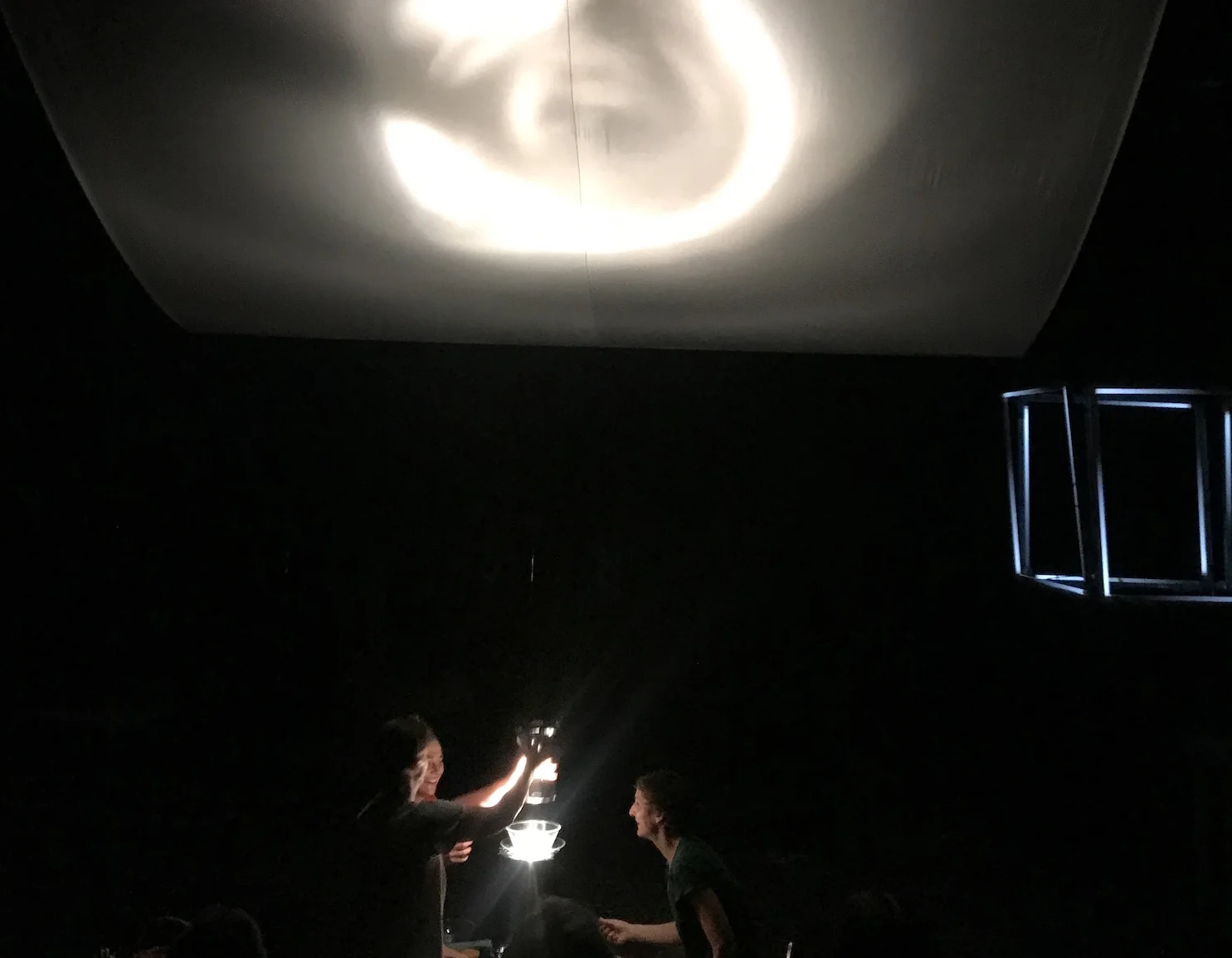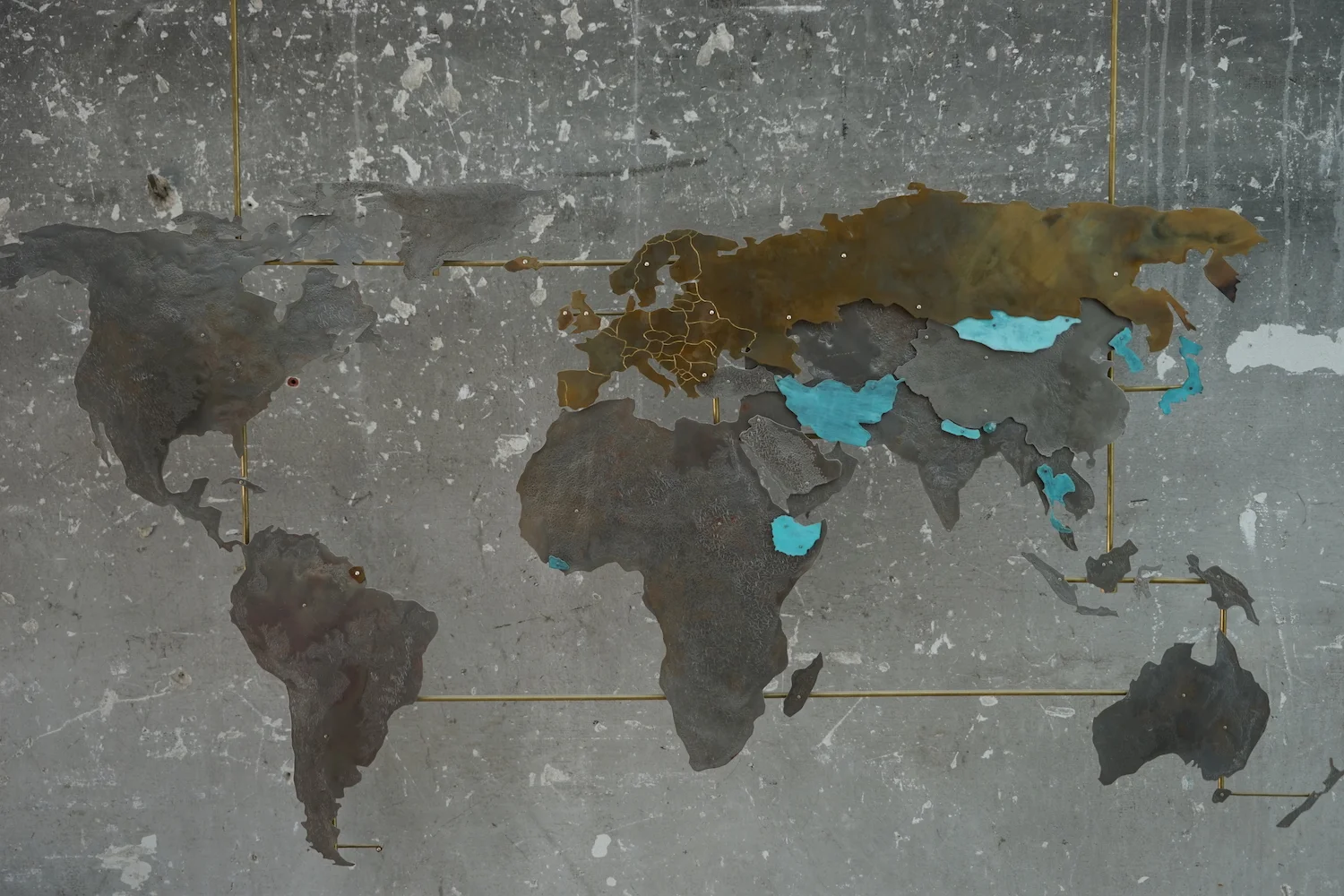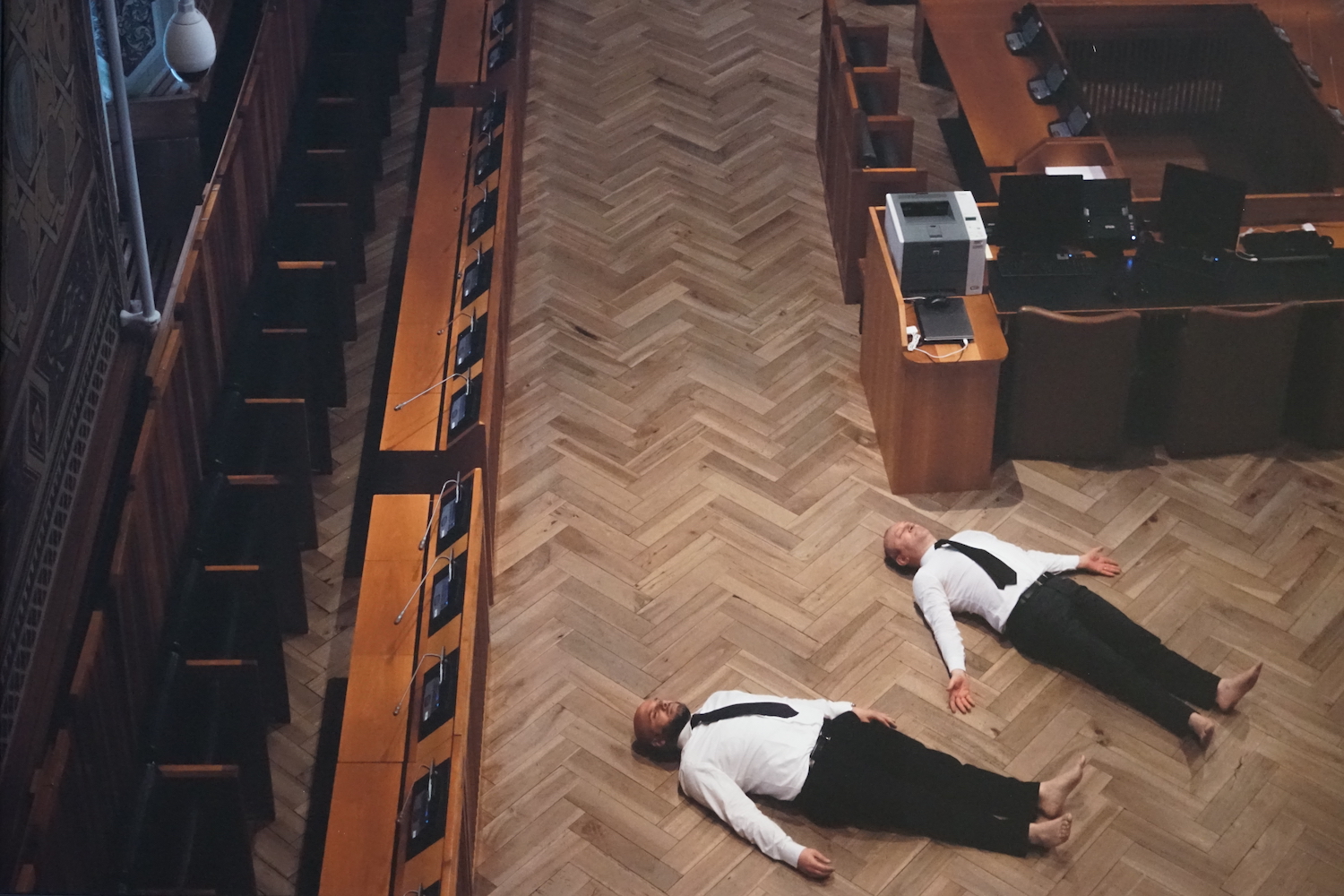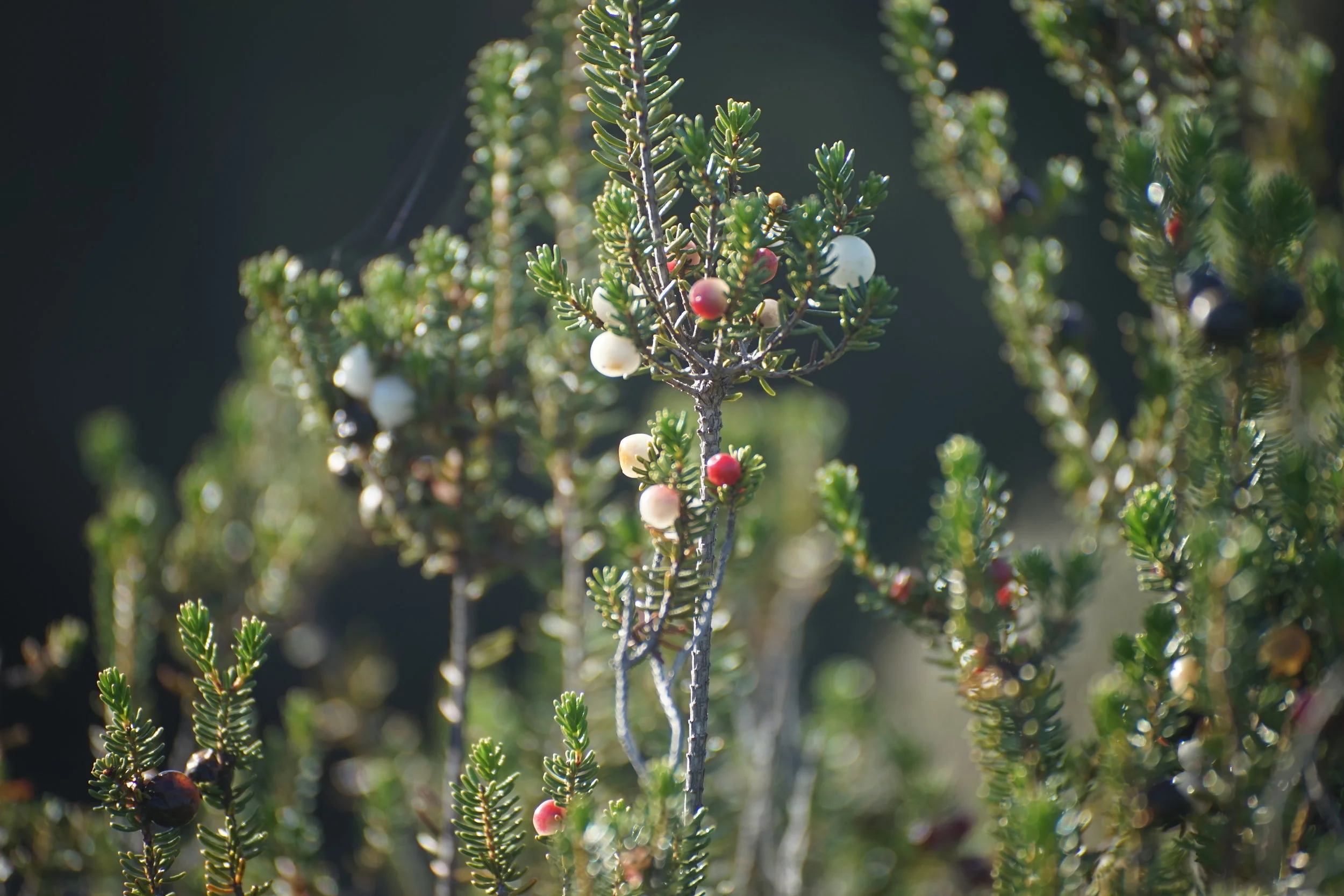Art into Life
“Art has to be understood in a whole new way: as a raising of creative powers by the senses, that they become sharper, better, richer and much more potent; that the inner creative powers advance the present thinking structures through intuition, inspiration and imagination and don’t end with pure intellectual understanding. Furthermore the task of art is to develop emotion and feeling, and ultimately to develop willpower.”
— Joseph Beuys
We are interested in a larger context of art and creativity in society, in looking at these in a broader sense, as forces that change human states of attention and capacities to imagine the world we want to live in. We understand art without the burden of institutional life, rather as a practice that belongs to those wishing to investigate into the substance of living, to create and sculpt their own ways in the world. Artists are seekers, people who search and explore, question the status quo and think divergently. Those who work within the complexity and the ever-changing flow of life, inspired by the unknown, paradoxes and ambiguities. Those who want to communicate meaning in this world, who continuously find new perspectives on seeing, thinking, and making things.
We are interested in the artist in each of us in a sense given to this word by Joseph Beuys, Florence Cane, Friedrich Schiller and many others — not in a way how well we can draw, or have another valuable skill of making, but in a way how everyone can be an amateur artist, where amateur is derived from the Latin “amare”: to love. Amateur artists write love letters to life in free form through diversity of media. Love understood as attentiveness and care. Broadening attentiveness would mean inviting more complexity into our perception of ourselves and the world(s) around. It feels that in order to welcome this complexity we need our whole selves to be engaged, complementing all our capacities (intuitive, rational, emotional, spiritual, physical). Practicing arts as way of thinking, making and being throughout our lives and in different spheres of human activity is what we believe could contribute to deepening of a more regenerative and ecologically sustainable mindset.
In this text we explore some of the principles of the arts that could do well entering our daily lives. They are part of larger forces of creativity that do not belong to any particular field, that are interdisciplinary and essential part of our humanity. Thanks to those forces we have the capacity to widen our lives any moment, to enter into the unstoppable flow of seeking and discovering, to resist popular opinions, vulgarity and boredom. These principles remind us to never stop exploring and never stop being amateurs. These principles, as well as artistic means of expression, translate in our work as Foresta Collective into art thinking and making (now transformed into thinking-through-making - edit year: 2021), and become means for reflection on personal and societal subjects in relation to regenerative practice. Art thinking and making (or thinking-through-making - edit year: 2021) as one of the roots of our work opens space for the imagination, enable new ideas to be envisioned and new lifestyles to be explored, claiming freedom and openness to experiment, making room for reflection and questioning conventions, embracing heterogeneity and inspiring new or other narratives.
Enrico David, Italian Pavilion, Venice Biennale 2019
MULTITUDES OF MEANING
Arts acknowledge that we are multitudes. In deep awareness of diversity of intelligences, there is no just one way of looking at things or experiencing something. Artistic creation values subjectivity. It acknowledges and appreciates neurodiversity, generously offering each of us to find own expression beyond traditional forms. Arts encourage divergent thinking and may offer alternatives to, for example, linear modes that relying on logic and often value standards, productivity and effectiveness above all. They capture our affective primordial contact with the world often in non-discursive symbols of bodily understanding.
Artistic experiences often talk to us through metaphoric meaning. For example, poetry takes real images, things we are familiar with, and plays with the usual meaning-making, evoking a wide range of allusions and associations. It offers a form of condensed knowledge that captures our concrete and lived experience — not in linear ways but rather as a symbolic interpretation of an own embodied experience and understanding of something that we wouldn’t be able to express in any logical form that would do the experience justice.
The acknowledgement of diversity is especially relevant as we find ourselves in need of disrupting the paradigm of knowledge consumption that is still dominating the world of education today. Often there is no one right answer to a question, and the bigger the questions, the deeper the roots and their complex intertwining, sometimes in rather diverse or even opposite directions, and through many dimensions. Art as a way of thinking invites these multi-dimensional perspectives as a path towards deepening our understanding and learning to ask more complex questions.
Art-making and its appreciation are integral features of almost every society. It's the dimension of human existence that offers an account of space, time, and worlds as people live them, their talents and passions. Ken Robinson writes that “the arts are about the qualities of human experiences”. Through all the variety of art forms people give shape to their feelings, perceptions and experiences. These make up an expression of human culture. So to understand each other throughout cultures and nations of the world, we do it best by reading what artists of words write, what artist of images express visually, what musicians play, what performers show, and so on. Art is a reflection. It’s a mirror that doesn’t stay the same in a way it affects us throughout our lives. One and the same painting can mean different things at different moments in time. Just like one and the same place can feel safe or unwelcoming depending on one’s inner state. Art expresses the intangible qualities of our perception.
Karl Marx Schattenrevue, at figuren.theater.festival 2019 - a shadow theatre piece performed by kids from Levana-Schule Schweich, and offering a reflexion on Marx and the zeitgeist of his time. Subjectivity of this performance was bestowed through its broken rhythm of scenes and an abstract, even surrealistic effect. The subject matter was seemingly concrete (labor abuse, birth and flourishing of capitalism) and yet the performance created so much space around it through musical flow, deformed shapes, and shadow play, inviting spectators into a pinkfloydish trance experience.
EXPANDING WORLDS
Arts can widen and deepen our realities. They can alter and enrich our perception of things. Inviting to let go of something fixated, something that has established itself as the-way-things-are and potentially limits our understanding of the world as the world of many worlds. Every moment we have the power to reimagine parts that appear to be fixed, to gain new insights, to expand landscapes and to trust this process. Artistic encounter can invite us into a new territory, we experience something which is not part of our vocabulary of the yet felt, something for which we still have no names. We may experience a symbolic transformation through a personal perception and metaphoric interpretation at the sight of a painting, whose colours shriek as if touching a painful spot, or the smell-taste that reminds you of a profound moment long gone, or music that takes you to new places, reaches under your skin, dives deep and brings a new sense of joy, or other sensuous experience touching something that is alive in you…
Beside changing how we look at things or perceive reality, artistic practices can break down cultural barriers and tackle misconceptions. They can deconstruct reality by challenging everyday functions of objects, trajectories we take, ways we come in contact with people. By questioning the established norms and the status quo, by braking routines, artistic practices can make something monotonous and outdated into something fascinating and alive. They can humanise and revitalise our everyday objects, spaces, worldview and beliefs.
“Die Herde der Maschinenwesen” - a street act by Munich-based foolpool collective, figuren.theater.festival 2019
Being able to generate new perspectives and create other meanings in the seemingly mundane, and thus broadening the horizon, is a quality that makes regeneration possible, that can touch anything: from disentangling daily personal challenges to building more sustainable social structures. How do we create cultures of sustained regeneration where art as thinking, creativity and play enjoy enough attention and dilute the currently unbalanced structures that disproportionally foster effectiveness, efficiency and practical routines?
Organisations that have embarked on a journey of agile transformation, be it out of a purely lucrative motivation, often have to question those familiar concepts of efficiency and full utilisation and face the need to create space and time for allowing more of the Open Mode, where play and slack time are important ingredients for creativity to emerge, and mistakes are welcome. Yet those are only a few teams usually in the specially designed Product or Business Innovation departments of those companies who are lucky to be offered this freedom, and roles like Chief Innovation Officer would generally look after a technological innovation as an inevitable strategy of survival, whereas most employees would still be getting judgemental looks from colleagues and management if found in a playful mood or gazing out of the window. What if art as thinking became an indispensable part of the organisation’s culture development, and artists were taken seriously as collaborators in the process? And what if the entire activity of a business or a non-profit or any other social structure would be seen as an artwork that every employee is contributing to, thus becoming a co-creator?
Similarly if we were to imagine this artistic approach in the realm of science, this mix of fun, experimenting with or without a clear purpose seems to undermine the image of the rigorous scientific method. What if it then could open up new doors and help make a step towards science X.0, where more play and poetry find their place in the modern science, complementing the somewhat impersonal, purposely neutral, exclusively rational spirit that has been established with Descartes and the Scientific Revolution?
Art making can be a liberating experience of finding inner freedom to create and play. Whichever medium we choose for it, through artistic creation our ancient urge to express ourselves comes alive. We search for our own forms, own ways, sometimes having to create a new language in order to find who we are, that is not a repetition, but can be each time a new beginning. Creativity is also originality, and originality comes from our origins, our very personal experiences. In it we can’t copy anyone else, otherwise it won’t be fulfilling. With every breath we go in and search. Eventually we come out with a voice that is ours.
“Some Significance” - a performance by Eva Meyer-Keller, figuren.theater.festival 2019. A second part of a trilogy, where Eva and collaborators turn the theatre stage into a physics lab, but a very special one, where experiments, poetry, wonder and fun merge.
CARE
It’s a rather widespread opinion that art somehow served evolutionary history of humankind and our procreation as species, being kind of a means of aesthetic attraction. The intrinsic worth of art is rarely recognised. More often than not art is seen as a ground to improve this or that skill, to serve this or that practical purpose. Ellen Dissanayake in her book What is Art For is rejecting this limiting idea of art as being means to an end. She writes about art as “marking of something as special”, describing how through art people intend to expand certain aspects of their world out of the ordinary, into something that is worth devoting special attention to, something to care about and to treat with care. We make art because we care.
Arts and love drink from the same source of life energy, and are both manifestations of this creative force. Both the urge to create and the urge to love are driving voluntary and highly engaging activities, involving the body, emotions and spirit, beyond what is merely reasonable. Bringing artistic practice into other spheres of life involves passion that can move mountains, preparing the soil for action and outcomes that are deeper in meaning, more personal, more precious, and more powerful in their reverberations.
Voluspa Jarpa, Pavilion of Chile, Venice Biennale 2019
SELF-REALISATION AND CHANGE
Stating that “everyone is an artist” Joseph Beuys was not saying that everyone is a painter, a sculptor, or a musician. He described a possibility for everyone to be a “social designer of the future” — one’s own future first and foremost, but also to partake in shaping the present and future of one’s surroundings. He proposed to enlarge the idea of art to include the whole creativity. Looking at creativity in terms of the inner powers which inhabit human beings and which can be developed further, so that self-realisation can happen. Beuys called it ‘evolution of art’, which makes possible “to reach into the heart of society and starting from there to design the future anew, to reshape it, transform it". He compares human beings to sculptors who realise that their old sculptures need improvement and may choose to reshape them. As an artist in this sense everyone is capable of working transformatively in their own life, as well as in the heart of the present culture, becoming, what Isabelle Stengers calls “the feelers of the possible” and “making the possible matter”.
Once out of an educational institution, where some of us may or may not have had an opportunity to be offered space and attentive guidance towards self-realisation through arts, for many of us the adult life goes on with art being an external inspiration rather than an unfolding working process, engaging intensely with daily life. Whereas since the past few decades Western society at large has the luxury of dedicating more time to artistic practice, compared to the secluded position art used to have for most of history of humankind, the mindset we have today is still one where art just isn’t serious enough to be dedicating much time to, let alone government funds. Ironically, art is called for when the problem is there already - as a therapy to treat social or personal malfunctions. What would make more sense, is giving art the just space from early school years on, and not as another skill that society teaches its children to learn, but as a regular practice the importance of which is acknowledged and appreciated.
“Exercises for a Polluted Mind”, Martina Conti, San Marino Pavilion at Venice Biennale 2019
TOGETHERNESS
Arts energise culture. They bring people together. Create sense of belonging. Build communities. Promote cooperation. A simple act of singing together, for example, serves all these aspects of communal doing, of storytelling, of collective connection. Art itself is a study of relationships. Through arts we may learn to perceive relationships, be they relationships of colours, composition, rhythms, silences, instruments, people, or time.
Arts can re-invent social connections and create dialogue between people who wouldn’t normally meet. The act of creating something together unites people. Like in relational aesthetics the main focus is human relations and the contexts in which they evolve. So get-togethers of all kinds are studies in relational aesthetics. Foresta Collective holds space for collective practice throughout the year, striving for a shared experience of togetherness beyond the human into multispecies, engaging everyone present into creation of a Gesamtkunstwerk, where the unfolding of the event remains a surprise to everyone.
“Sun and Sea”, opera-performance by Rugilė Barzdžiukaitė, Vaiva Grainytė and Lina Lapelytė. Lithuanian Pavilion at Venice Biennale 2019
EXPLORING THE UNKNOWN AND STAYING CURIOUS
Interest in life keeps us going in times of storms. Creativity as everyday practice offers a way to stay curious throughout our lives. Human imagination tends to take shape of the building one lives in, thoughts one thinks, work one does, companions one is surrounded by. Art as thinking and making can offer an escape from the repetitive monotonous activities, over-specialized work, four-cornered rooms, screens, and other phenomena, which after a long-term engagement can shrink our world to a tiny lodge.
Art is a friend of the unknown. Resonating with a kindred spirit of Ann Hamilton, not knowing is not ignorance but “a permissive and rigorous willingness to trust, leaving knowing in suspension, trusting in possibility without result, regarding as possible all manner of response. The responsibility of the artist … is the practice of recognizing.” The unknown is full of possibilities, of things not yet articulated, not yet imagined, not yet existing in the current structures of our lives, but that are somehow sensed and missed, as that what we don’t know yet but what already knows us.
Potential for art is everywhere around us, in our homes and public spaces, in objects we use and streets we walk, thoughts we think and relationships we engage in, it is in the smallest details of ways we choose to live our lives. It can be about inventing our own profession, and engaging in its continuous process of development, staying flexible, avoiding limiting labels. It offers us to discover and follow our true interests, to experiment without having to fulfil an expectation. Keeping thus the spirit alive we stay true to curiosity that moves us forward.
“All of us have to learn how to invent our lives, make them up, imagine them. We need to be taught these skills; we need guides to show us how. If we don’t, our lives get made up for us by other people.”
—Ursula K. Le Guin
We want to thank the following institutions for assisting us with this research in 2019: 58th Venice Biennale, 21st international figuren.theater.festival, 13th International Festival of Contemporary Dance, XXII Triennale di Milano - Broken Nature, HELLERAU – European Centre for the Arts, as well as all the unnamed spontaneous impulses we received moving between places and meeting birds, humans, plants, objects, installations, and other beings and phenomena.
All photos by Foresta Collective

